Overview
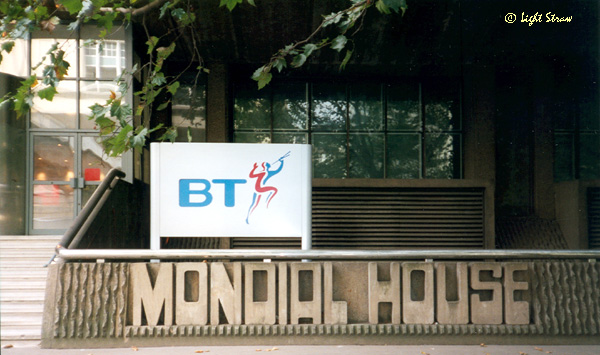 |
Mondial House was a futuristic wonder of the 1970s, built at the time when concrete multi-storey car parks and shopping centres were cutting edge technology. A vast solid structure to accommodate the heavy bulky telecoms solutions of the age. |
Once upon a time, Mondial House was Europe's largest international telecommunications complex...
In the late Seventies (circa 1978) De Havilland and Mollison International Switching Centres at Stag Lane were already carrying the growth in ISD traffic and Mondial House was only just nearing completion along the banks of the River Thames.
Site History
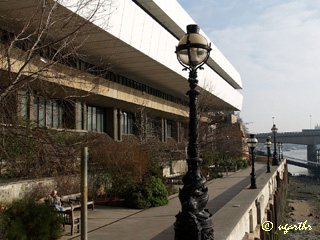 |
Mondial House was an ambitious building project both in terms of size and complexity. It was originally conceived as a 15-20 storey tower block and podium, but as with most of the riverside sites in Central London, the final design had to ensure that views of St. Paul's Cathedral remained unobstructed. The end result was a ziggurat (step-back) design of 12 storeys-the 8 above ground reaching a height of 46 metres. |
| STC | |
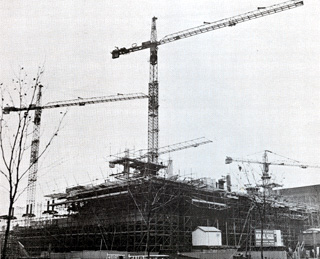 |
By the Spring of 1972, Mondial House was still in the early stages of construction. This photo was part of an advert for Standard Telephones and Cables (STC) who was contracted to supply the transmission equipment. |
| The Design | |
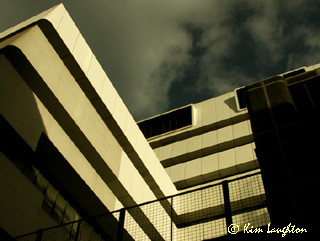 |
Mondial House was an innovation in design. A very functional, futuristic building which maximised the space for equipment while retaining a low profile in accordance with the 'St. Paul's Heights' planning restrictions. Mondial was built to contain the very bulky telecoms equipment in the era before microprocessors were running the network.. |
| The Switching Details | |
 |
"Mondial TXK2 was introduced in 1978 at Mondial House, Upper Thames Street – the building was very late – it had originally been intended to install the Stag Lane units here. Instead Stag Lane (an old aircraft factory) was used." |
| The End | |
 |
The End - Boarded up and looking dark and gloomy. |
| The Animation | |
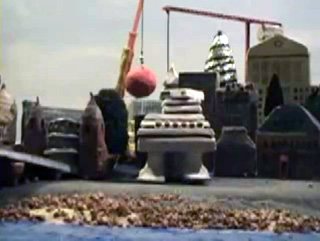 |
Just imagine for a moment, wish upon wish, in your wildest dreams, that Mondial House could have escaped the demolition ball and gone on to party in New York instead? |
| Postscript | |
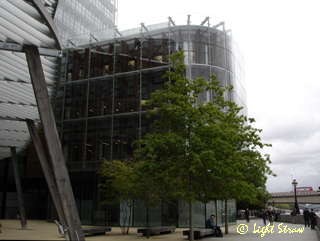 |
An unusual shape, but the new Watermark Place does allow for a better view along the promenade. |
All logos and trade marks are the property of their respective owners and are used on the Light Straw site(s) for review only. Students and researchers are recommended to make their own independent enquiries as to the accuracy of the information contained therein.